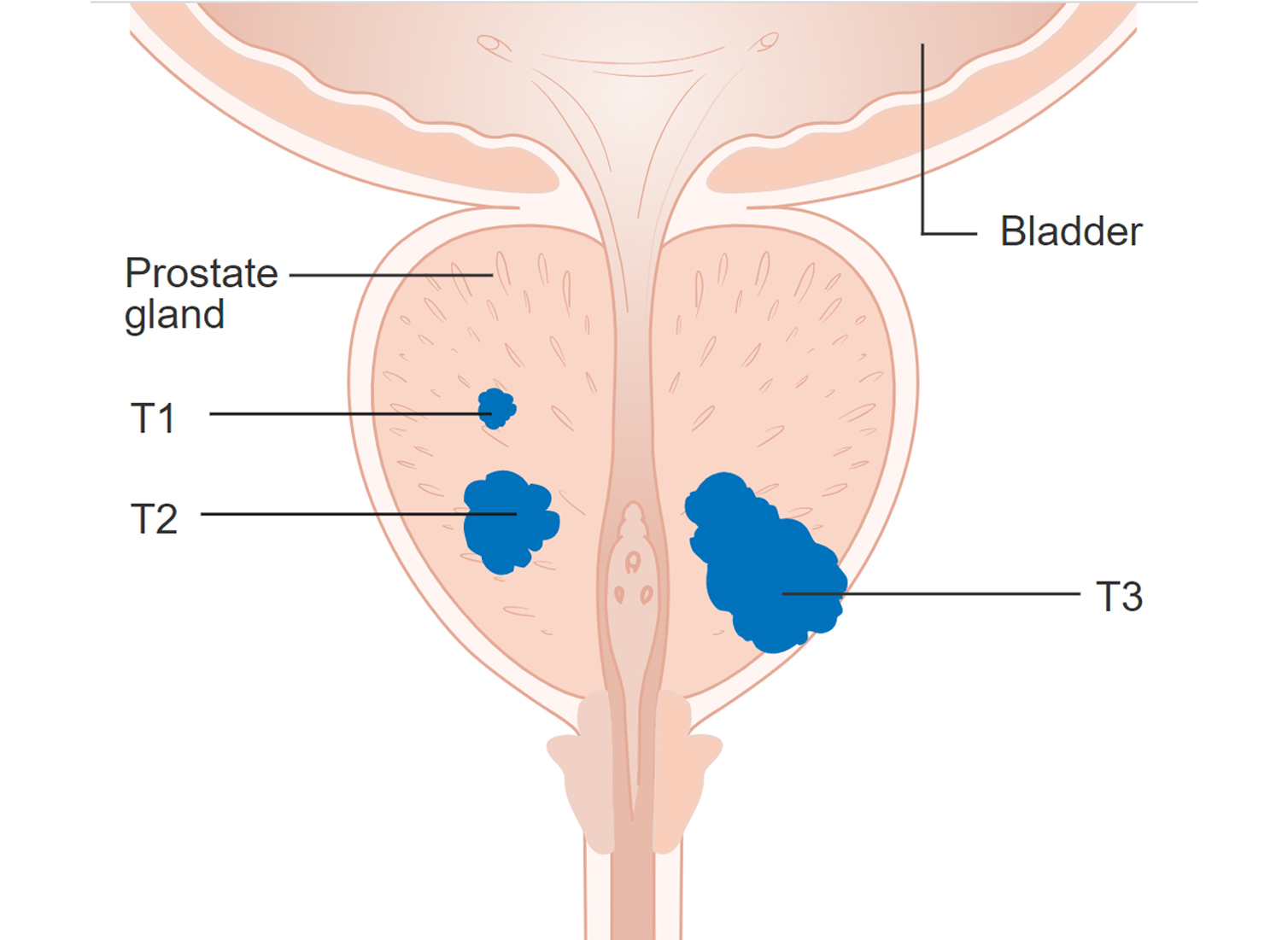
introduction
How is Prostate Cancer Staged and Graded?
According to the World Cancer Research Fund, prostate cancer is the second most common cancer that occurs in men. It is also the fourth most common cancer that occurs overall. Cancer.net has also predicted that an estimated 248,530 men will be diagnosed with this condition in the United States in 2021. Like other cancers, treating prostate cancer can be a challenge. However, early diagnosis can make a world of difference. For instance, if you get diagnosed with early-stage prostate cancer, your 5-year survival rate is higher than 99%. Patients that opt for a radical prostatectomy can also maintain very good health. This procedure can extend their life expectancy by 10 to 15 years. The cause-specific survival rates here are 82% to 90%, and metastasis-free survival rates are 76% and 82%. The survival rates for local recurrence-free cases are also 75% and 83%. In this article, we will discuss the staging of prostate cancer and its various grades under the Gleason score system.
Staging
The Staging of Prostate Cancer
There are two types of staging that apply to prostate cancer. These include:
1. Clinical Staging
Clinical staging uses information from the Gleason score assigned and the results of your PSA and DRE tests. These tests are used to screen for prostate cancer. The PSA test is a type of blood test that measures prostate-specific antigen levels in your blood. The DRE test is a digital rectal exam that involves examining an individual’s pelvis, lower rectum, and lower stomach area. It allows a doctor to check for health problems such as prostate cancer.
Based on the results of these tests, your doctor can recommend the need for further testing, x-rays, CT scans, bone scans, MRI, etc.
2. Pathologic Staging
Pathologic staging of prostate cancer is based on the information you find during surgery. It also includes the lab results of any prostate tissue that has been removed during the surgery. The surgeon may remove the entire prostate here, along with some lymph nodes. The lymph nodes removed can prove to be a valuable source of information for pathologic staging.
Tumor, Node, and Metastasis
The TNM System for Staging Prostate Cancer
Image Description: Staging of prostate cancer based on the TNM system
T1, T2, and T3 stages of prostate cancer TNM is short for Tumor, Node, and Metastasis. The TNM system helps you identify the current stage of your prostate cancer and develop a treatment plan. Your Gleason score is also an important consideration for this. We will discuss it in a later section.



